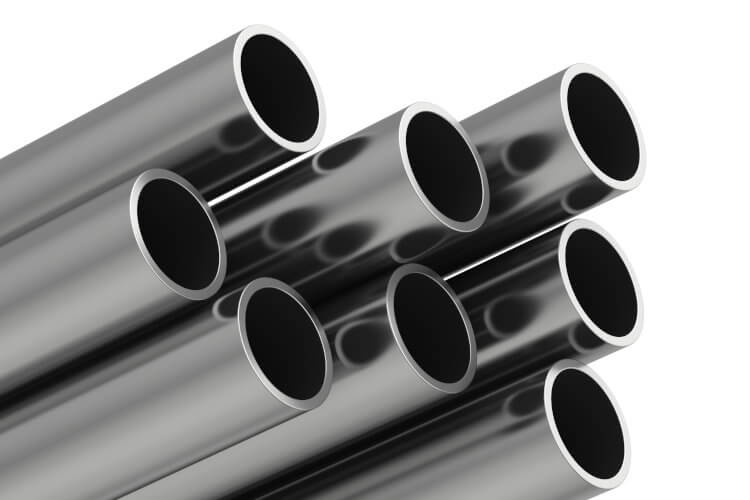Duplex stainless steels have a mix of two stages, ferrite and austenite in equivalent measure. This permits them to benefit from the advantages of both austenitic and ferritic stainless sheets of steel. Therefore, prompting increased strength, better weld ability, higher sturdiness and protection from a few kinds of erosion. Commercially, they are also cheaper than austenitic stainless steel due to their lower nickel content.
Business production didn’t start until the 1970s, even though Duplex stainless steel was created in Sweden in 1930. Because of the exceptionally confounded process of its production. There has been a re-emergence in steel in modern times after significant advances in steelmaking techniques have made it easier to produce it. Even then, their usage is still relatively uncommon when it comes to stainless steel. Thus, the world’s usage is only between 1 – 3% due to the limitations of their application.

| THICKNESS | 0.1 mm to 10 mm |
| WIDTH | 2500 mm |
| LENGTH | 8000 mm |
| GRADES | ASTM/ASME SA: 240 UNS NO. S 31803, S 32205, S 32550, S 32750, S 32760 |
Duplex stainless steel is extremely corrosion-resistant, and is capable of being hardened. Their microstructures comprise a combination of austenite and ferrite stages. Subsequently, duplex stainless steels show properties normal for both austenitic and ferritic stainless sheets of steel.
To view duplex stainless steel as resistant to stress erosion, they are not as resistant to this type of attack as ferritic stainless steel. Nonetheless, the corrosion resistance of the most unsafe duplex stainless steel is greater than that for the most generally utilized grades of stainless steel, for example, 304 and 316.
Duplex stainless steels are magnetically attractive. To utilize the property effortlessly differentiate them from normal austenitic grades of stainless.

An ISO 9001 certified enterprise, Shree Ramdev Group of Companies is amongst the global leaders from India, reputed for being known as Process Manufacturers , Exporters , Importers, Suppliers , Stockist and Traders of superior quality STAINLESS STEEL PRODUCTS ad RAW MATERIALS.